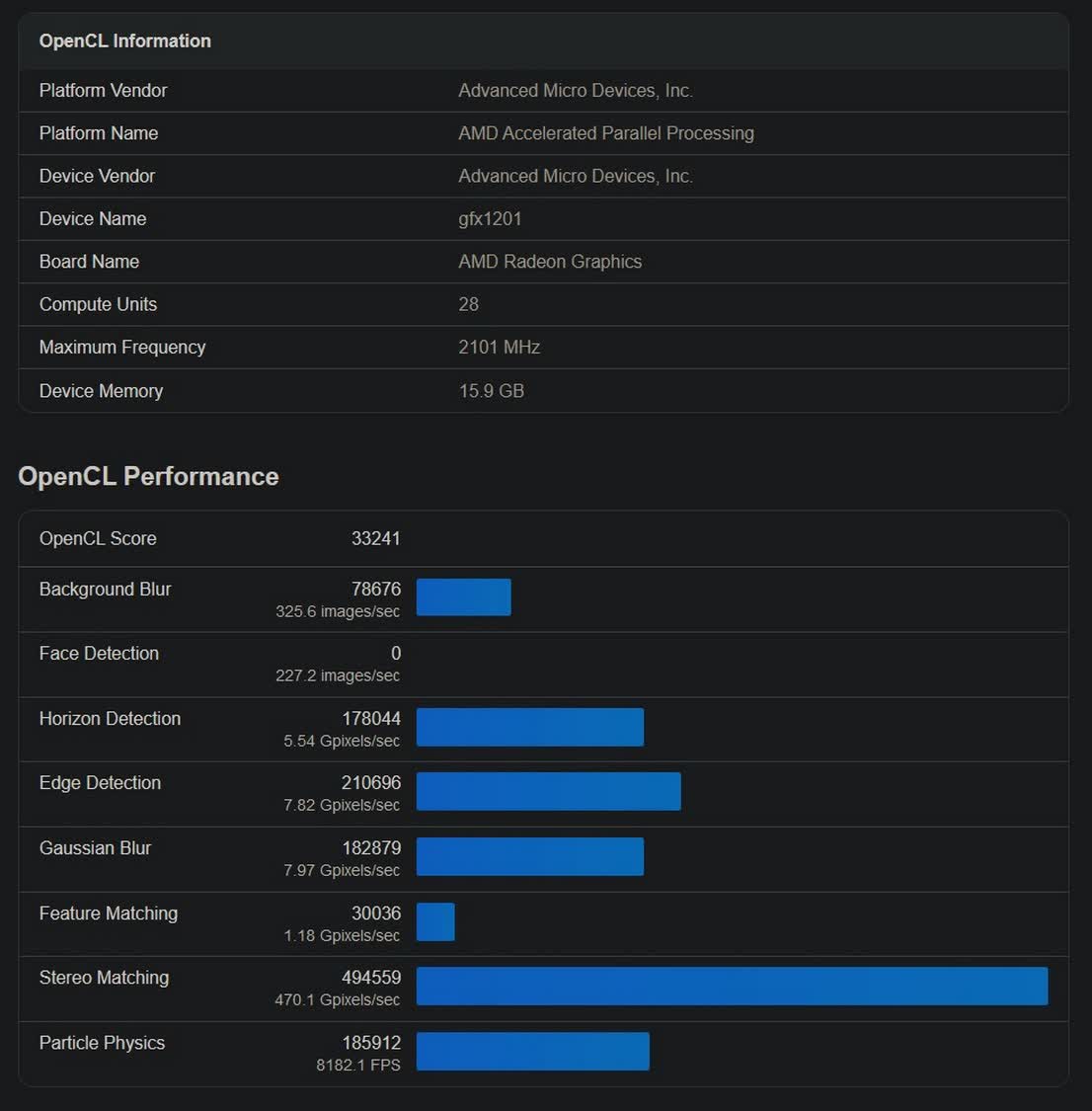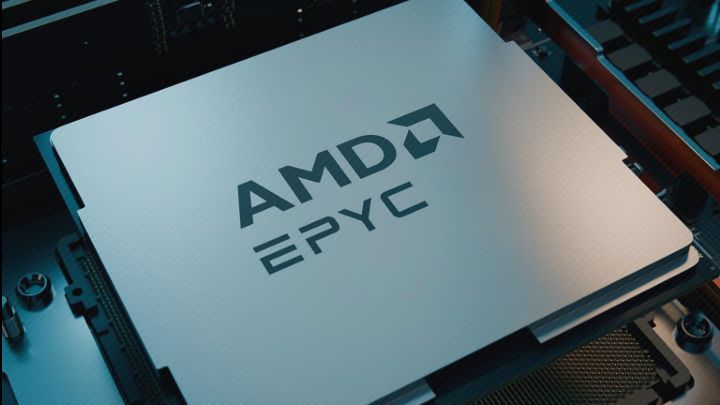Serving tech enthusiasts for over 25 years.
TechSpot means tech analysis and advice you can trust.
Something to look forward to: Team Red will launch its Radeon RX 8000 graphics cards next year with a new RDNA 4 architecture. While a few leaks have already provided some insight into the next-gen GPUs, a new listing on a benchmarking website has now revealed some key specifications of what could be the flagship RDNA 4 graphics card.
The GPU appears on Geekbench with a GFX1201 device ID, suggesting it is an RDNA 4 SKU. For reference, RDNA 3 desktop cards have GFX11XX device IDs, and the RDNA 3.5 SKUs are designated GFX115X. Similarly, RDNA 2 cards use GFX103X IDs, while RDNA 1 GPUs are GFX101X.
The device ID suggests that the listed graphics card has the Navi 48 GPU, which will likely power the flagship RX 8000-series card next year. Geekbench lists it with 28 compute units, which could suggest 56 CUs and 3,584 Stream Processors if AMD retains the RDNA 3 configuration of a shader engine with dual compute engines for each work group processor.

The listing also shows a 2,101MHz clock speed, much slower than the 2.5GHz-2.6GHz boost clocks on the current RDNA 3 GPUs. If anything, the RDNA 4 cards should offer even higher frequencies than their RDNA 3 counterparts as they will use a more modern process node and a fresh new architecture.
Finally, the Radeon RX 8000 graphics card is listed with 16GB of memory, which matches the amount of VRAM found on the RX 7800 XT and RX 7900 GRE. The listing does not mention the speed or memory type, but rumors suggest it could sport GDDR6.
It is worth noting that Geekbench listed multiple instances of the Radeon RX 8000, and none of the scores are that impressive. The highest OpenCL score is 33,241, which is lower than the numbers racked up by the GTX 1650 and several times lower than the scores achieved by the RX 7900XTX. The disappointing benchmark scores suggest we're looking at a very early engineering sample, meaning it's still a work in progress. Either way, AMD still has a lot of fine-tuning to do before the next-gen cards are ready for prime time.




/cdn.vox-cdn.com/uploads/chorus_asset/file/25562170/ember_feb2022_benwaugh_6_EDIT_3000.jpg)


:quality(85):upscale()/2024/10/18/836/n/1922441/aeba639a6712b1615cb195.25550683_.jpg)

 English (US) ·
English (US) ·